Mushroom enthusiasts and foragers are often captivated by the diverse and mysterious world of fungi. Among…
Giant Puffball Mushroom Poisonous Look Alikes | Edible Puffballs List Guide
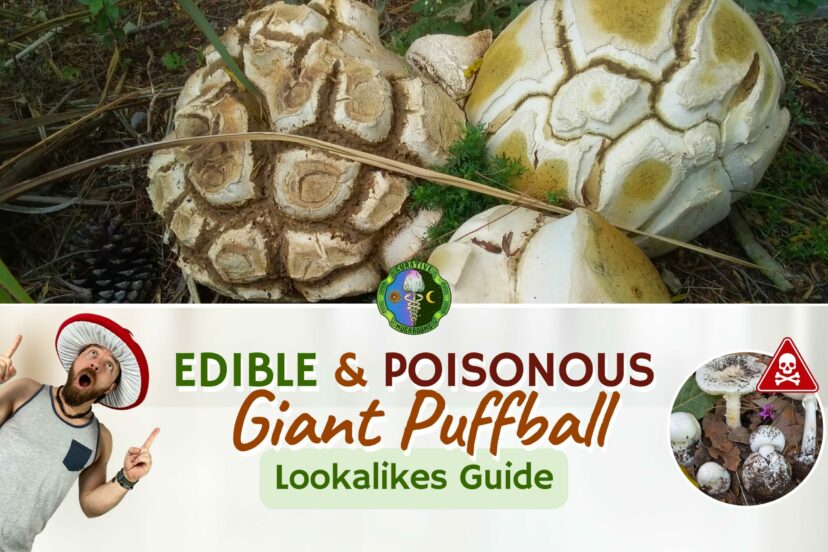
While you might be excited to bring home and cook a round white mushroom you found at a park, think again. And do some more research first. There are several Giant Puffball mushroom looks likes out there that could cause serious harm if eaten.
This blog post will discuss the dangers of mistaking toxic fungi for Giant Puffballs. And how to make it easy to identify Giant Puffballs in the wild. First, let us have a quick recap of the traits you should look for when picking a fresh Giant Puffball.
True Giant Puffball Appearance

True puffballs are edible when young. Specifically, Giant Puffball in the genus Calvatia is best to harvest when it is large enough but still fresh. Just about the size of a melon. A fresh Giant Puffball has the following characteristics:
- Smooth, white, or cream, leathery surface you can peel off
- Round or globose in shape
- ABSENCE of all of the following: gilled cap, ring/skirt, stem/stalk, sack/volva
- Solid, pure white interior like a tofu
- ABSENCE of discoloration in the flesh
List of Non-Poisonous Edible Giant Puffball Mushroom Look Alikes

Other species of true puffballs are considered edible when young. They are Brain Puffballs, Common Puffballs or Gem-Studded Puffballs, Brown Puffball, and Sculpted Puffball.
In addition, two edible non-puffball species lookalikes are False Puffball and Red-Belted Conk.
1. False Puffball (Enteridium lycoperdon)
E. lycoperdon, formerly Reticularia lycoperdon, belongs to another kingdom—Protista—and is a slime mold. It is like a stump puffball that typically grows on dead alder branches in damp regions. Usually close to a source of water, following late-spring frosts (LSFs).
Also known as Cauliflower Slime Mould, it begins as a white pear shape mass, sometimes shaped like a cauliflower. At that stage, it is about the size of a golf ball. In its mature fruiting body stage, it begins to look like a fist-sized Giant Puffball.
Further, it degrades into a silver-grey papery mass in as little as a day. After the seeds have dispersed, only a faint brown ‘spore print’ patch on the tree bark remains.

It is non-poisonous, considered a delicacy in Central Mexico and is eaten with tortillas. The San Lorenzo Tlacoyucan community refers to it as “Cheese Mushroom” because of its flavor and texture after cooking. Residents of the town have been eating it for many years.
2. Red-Belted Conk (Fomitopsis pinicola)

You might be surprised to learn that F. pinicola got on the list of Giant Puffball mushroom look alikes. Supposing it looks similar to the medicinal Reishi. I was also surprised to come across a video of Paul Stamets showing what I first thought is a puffball!
In its earliest stage of growth, before golden red belt coloration develops, it looks like a newly-sprouted Giant Puffball. But unlike puffballs that grow in the ground, F. pinicola mostly only grows on dying trees.
Red-Belted Conk grows in temperate coniferous forests throughout Europe & Asia. It has a wide range of medicinal applications in Chinese and Korean traditional medicine and is consumed as a tea.
General Appearance of Giant Puffball Mushroom Poisonous Look-alike

Remember that though not lethal, eating puffballs that are “not-so-fresh” can have the same consequences as eating a poisonous lookalike. Eating a Giant Puffball after it has passed its prime may cause stomach upset.
If the puffball’s outer skin has already cracked and released spores, it will begin to discolor, making it inedible. The following are the general characteristics of old inedible Giant Puffball and its toxic lookalikes:
- Conical or pointed cap
- PRESENCE of discoloration in the flesh (turns yellow or off-white)
- PRESENCE of any of the following: cap, gills, ring/skirt, stem/stalk, sack/volva
Verify that the fungi you found don’t exhibit any of the traits listed above. If any of these three are present, it is not fresh, not edible, and much worse, toxic. If you’re still unsure, it’s best to consult an expert before eating wild fungi.
List of Poisonous Giant Puffball Mushroom Look Alikes
Now, let’s get to know in detail the 3 poisonous lookalikes, their specific characteristics, and resulting symptoms if eaten:
1. Destroying Angel Mushroom (Amanita verna)

Aside from Amanita verna, there are other puffball-lookalike species of Amanita. They are as highly toxic and can kill an unsuspecting victim immediately after ingestion.
Other Amanita species containing the deadliest substance amatoxin:
-
- Amanita phalloides Death Cap
- Amanita virosa European Destroying Angel
- Amanita bisporigera Eastern Destroying Angel
A. verna, a.k.a Fool’s Mushroom or Spring Amanita, is the most dangerous wild fungus in China and European woodlands. It appears in spring and results in cases of poisoning each year, with up to a 50% death rate.
As the first sign of poisoning, patients will experience nausea, vomiting, abdominal pain, diarrhea, and other gastrointestinal symptoms. It is quickly absorbed into the liver by the digestive tract after ingestion, which results in acute liver failure.
Destroying angels have a white, cylindrical stem. Plus smooth vividly white caps that are slightly pinkish or tan in the center and long & short gills on the underside. A sac-like volva encases a swollen stem base, and a large skirt-like ring circles the upper stem.
Destroying Angel and other Amanita species like the Death Cap Mushroom may look like edible species of puffball. That is because of their white oval shape in their egg stages. But when you pluck young Amanitas from the ground, you will notice a stout stem encased in a volva. Such trait absent in puffballs.
2. Common Earthball a.k.a. Pigskin Poison Puffball (Scleroderma citrinum)

Though the Giant Puffball mushroom look alike S. citrinum is not lethal, it is still poisonous. In fact, it is responsible for many mushroom poisonings in the UK each year. It could be because they are easily confused with the edible common puffball. Poisoning symptoms include stomach upset, nausea, and vomiting.
The common earthball is shaped like a warty potato, has no stem, and is dirty yellow to brown. It has a rubbery, unpleasant odor, similar to gas.
One other distinguishing characteristic of S. citrinum is it sits loosely on the soil with hardly any visible mycelium root. Also, unlike the edible puffballs that start as white flesh, earthballs are never white. They will always have purplish to black discoloration in the flesh.
From July through October, it grows on the ground, on scrap wood, and close to trees in the forests. The interior is white when very young. As it ages, the insides which contain spores turn purple to brown to black. Weirdly enough, Earthballs play host to the rare Pseudoboletus parasiticus.
3. False Parasol or Green-Spored Parasol (Chlorophyllum molybdites)

Consumption of C. molybdites primarily causes severe gastrointestinal discomfort that can last 1-6 hrs after ingestion. The toxin is a protein known as molybdophyllysin. If not treated immediately, it can lead to multiple organ failures.
In the summer and fall, they form wide fairy rings. False Parasol has brown flecks on its cap with distinct greenish gills and spores in its mature stage.
Also, it has deep gills on the underside and a veil surrounding the upper stem. However, it is a Giant Puffball lookalike in its early stages, before its stem sprouts visibly from the ground.
Further, False Parasol looks much more similar to the edible True Parasol (Macrolepiota procera). But unlike the edible M. procera, toxic C. molybdites have a shorter stem and wider cap.
Conclusion | Giant Puffball Mushroom Look Alikes
Harvesting what you suspect is a “Giant Puffball” when it is the size of your first is strongly discouraged. This is because most of the poisonous mushrooms at their early stages may resemble Giant Puffballs.
If you think you may have found a Giant Puffball, take a closer look at it. If you’re not sure whether a fungi is a Giant Puffball or not, it’s best to err on the side of caution. Just do NOT eat it! 🙂
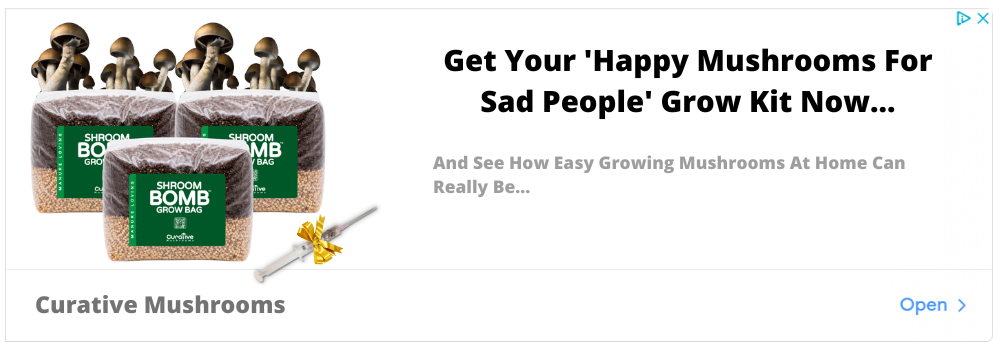


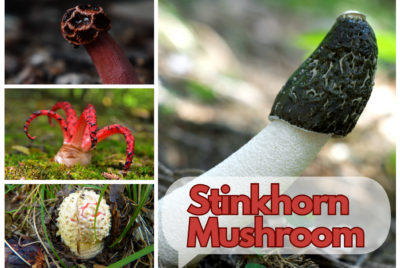
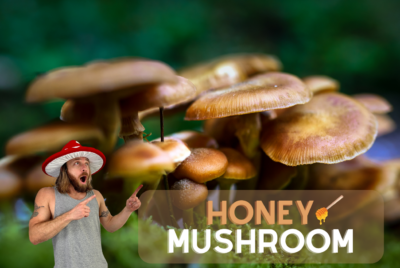
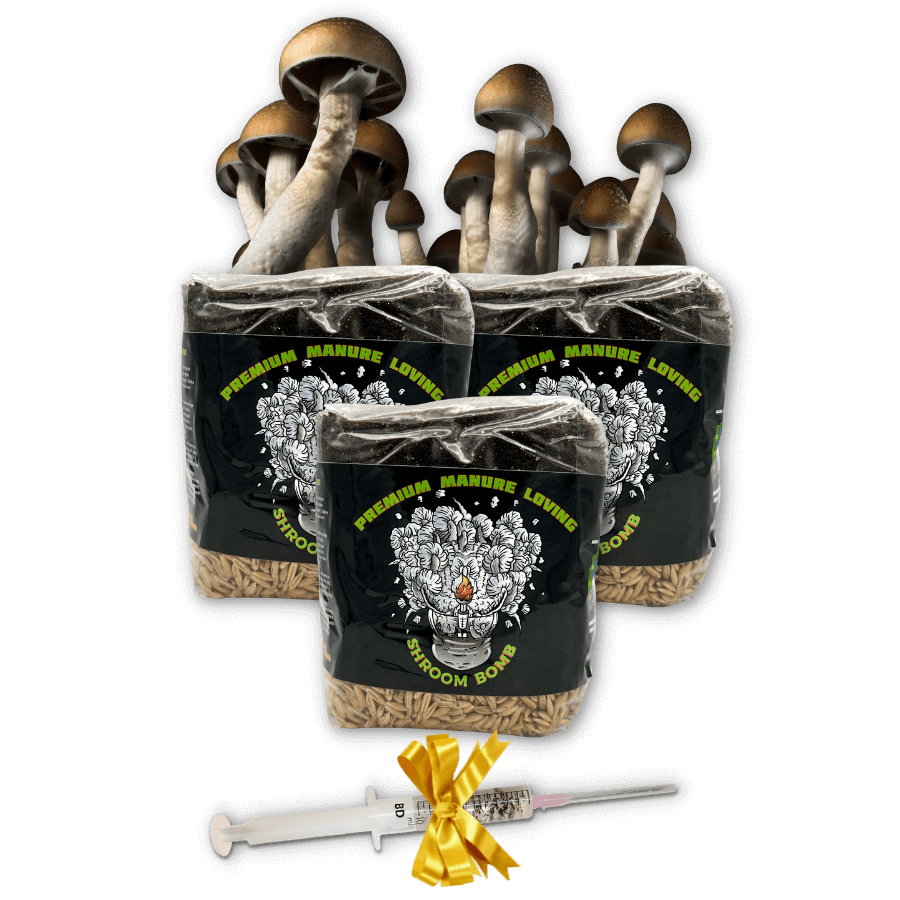

[…] Giant Puffball Lookalike | Edible & Poisonous List Guide […]
The effects of magic mushrooms can vary depending on the dose, the user’s mindset and environment, and other factors. Some users report a sense of euphoria, increased creativity, and altered perception of time and space. Others may experience feelings of anxiety or paranoia, and in rare cases, dangerous or unpredictable behavior.